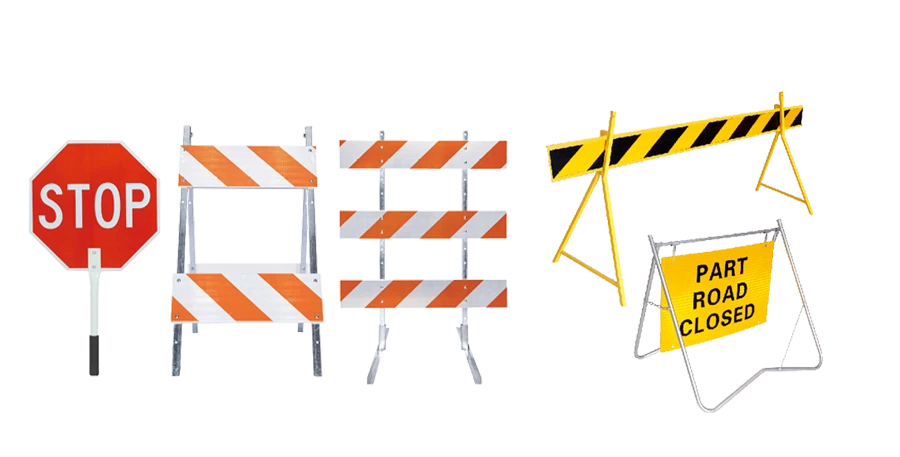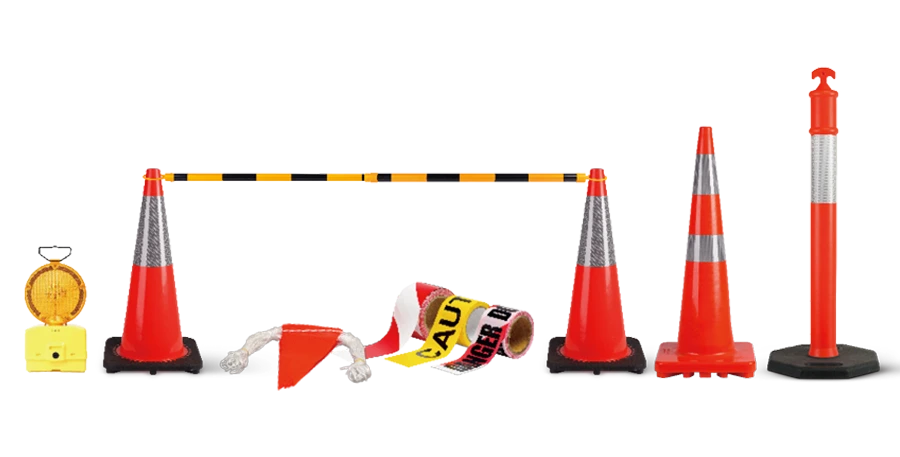ポータブルトラフィックサインフレームがどのように道路の安全性を高めるか
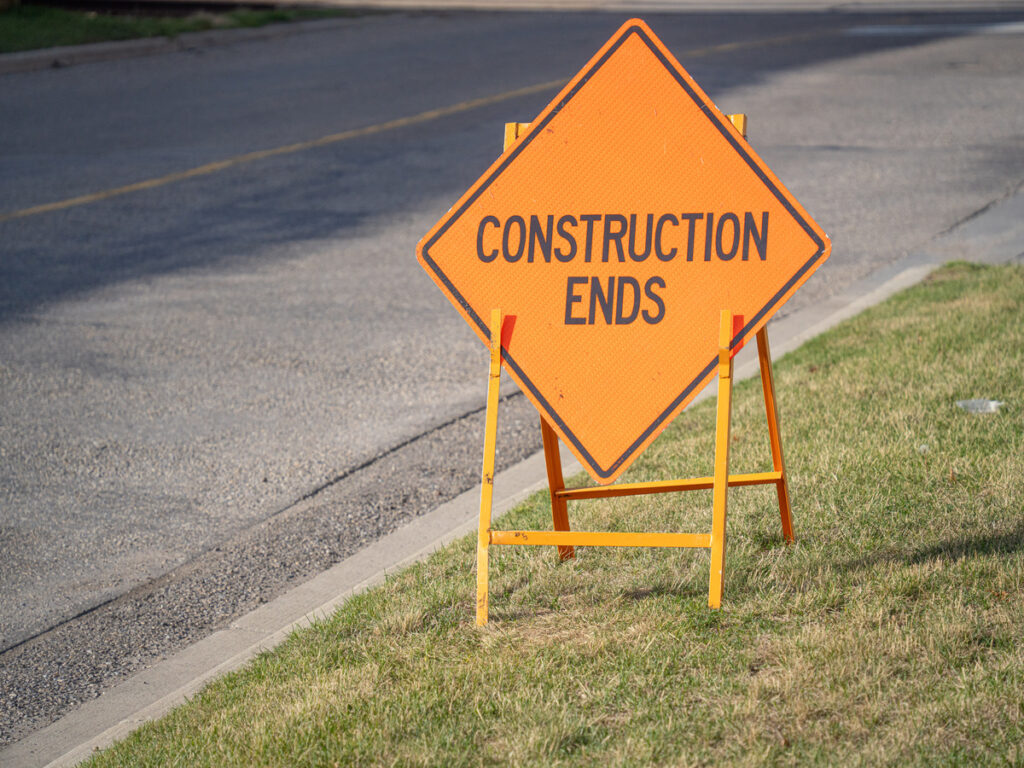
ポータブルトラフィックサインフレームは、交通安全の改善に重要な役割を果たします, 特に高速道路の作業区域のような動的な環境では. 軽量でモバイルなデザインにより、ドライバーに車線変更を警告する場合など、視認性が最も必要な場所に標識を迅速に配置できます。, 速度制限, または前方に危険がある. 固定設置とは異なります, ポータブルフレームは変化する交通状況に適応します, 混乱を軽減し、ドライバーの反応時間を向上させるのに役立ちます. 結果として, 作業者を保護するだけでなく、危険性の高いエリアでの衝突事故の防止にも役立ちます。.
高速道路の交通標識フレーム: 安全性と長期的な耐久性のために構築されています
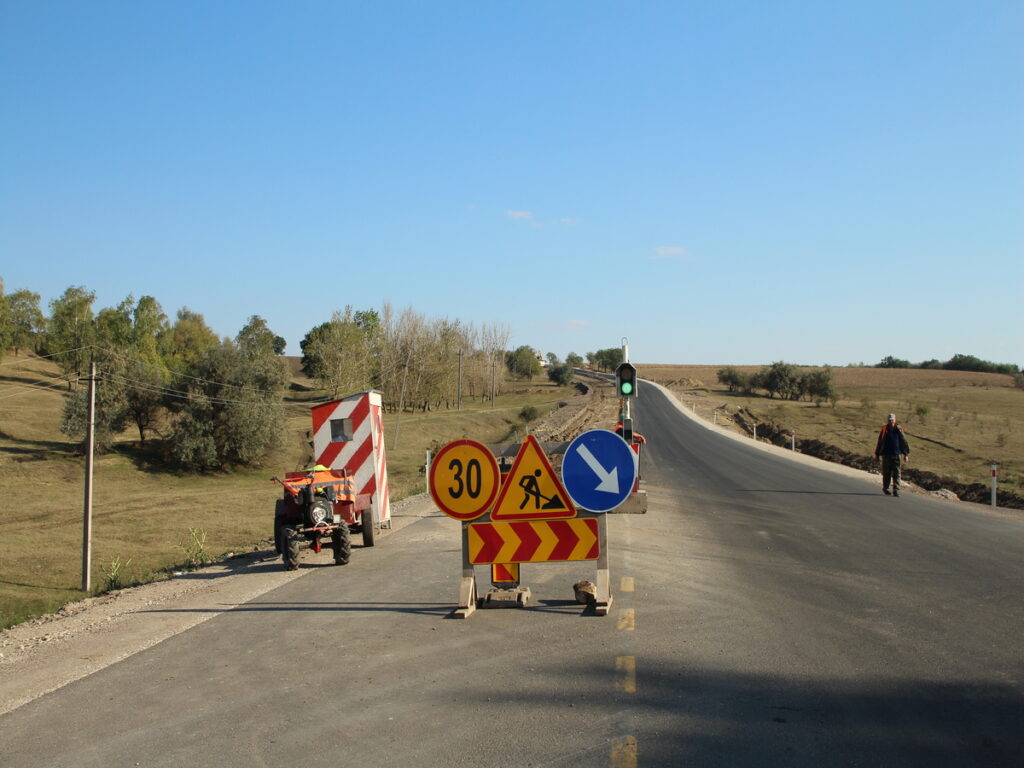
交通標識フレームは、交通安全を維持するために重要です. 耐久性のあるフレームは、風や雨などの不利な気象条件中に標識が安定したままであることを保証します. トラフィックサインの弱いフレームは、標識が見るのが難しい場合に事故につながる可能性があります. 交通標識の検出と認識などの革新的なシステム (tsdr) 堅牢なフレームの重要性を強調します. これらのシステムは、ドライバーを支援し、クラッシュを防ぐのに役立ちます, 特に自動運転車の台頭により. 強力なトラフィックサインフレームを利用すると、旅行の安全性が向上し、よりスマートな輸送ソリューションの有効性がサポートされます.
駐車場の道路標識フレーム: 耐衝撃性 & メンテナンス戦略
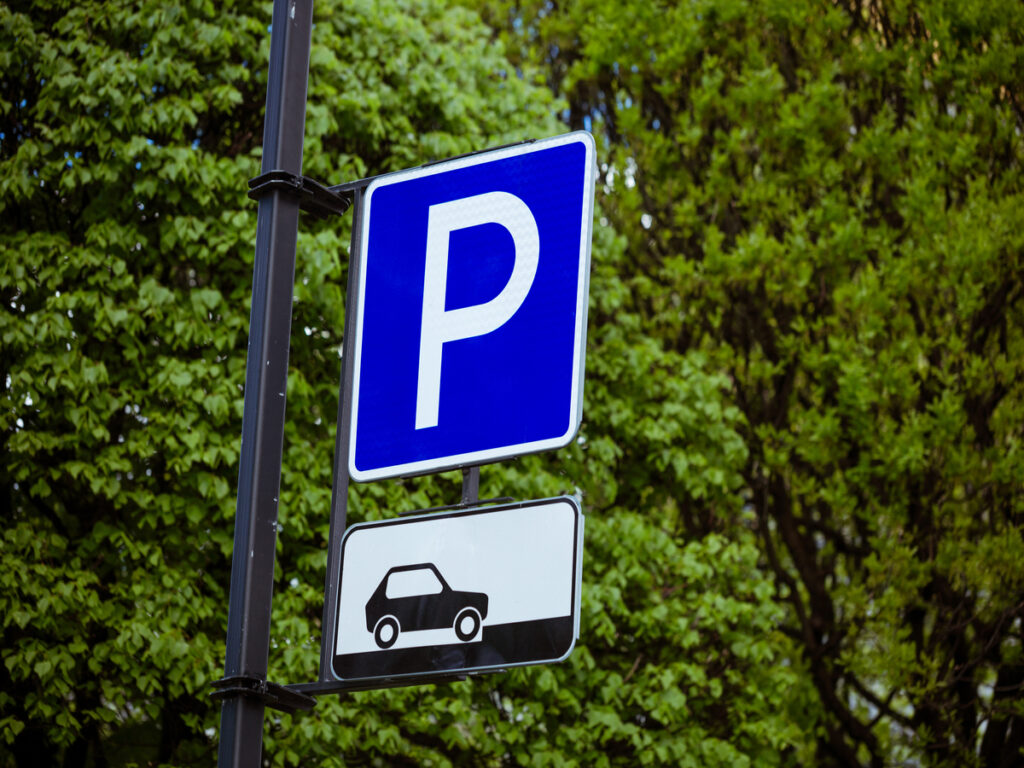
駐車場はいつも車や動いている人で忙しいです. これにより、道路標識のフレームは大きなプレッシャーにさらされることになります. フレームはヒットに対応し、長期間にわたって正常に動作する必要があります. 強力なフレームが交通を安全に保ち、取り違えを回避します. また、修理や交換の必要性が減るため、コストも節約できます。. フレームのお手入れをすることで、正常に動作し続けることがよくあります, 厳しい天気でも.
工事区域道路標識フレーム: 速い, 準拠, 現場対応
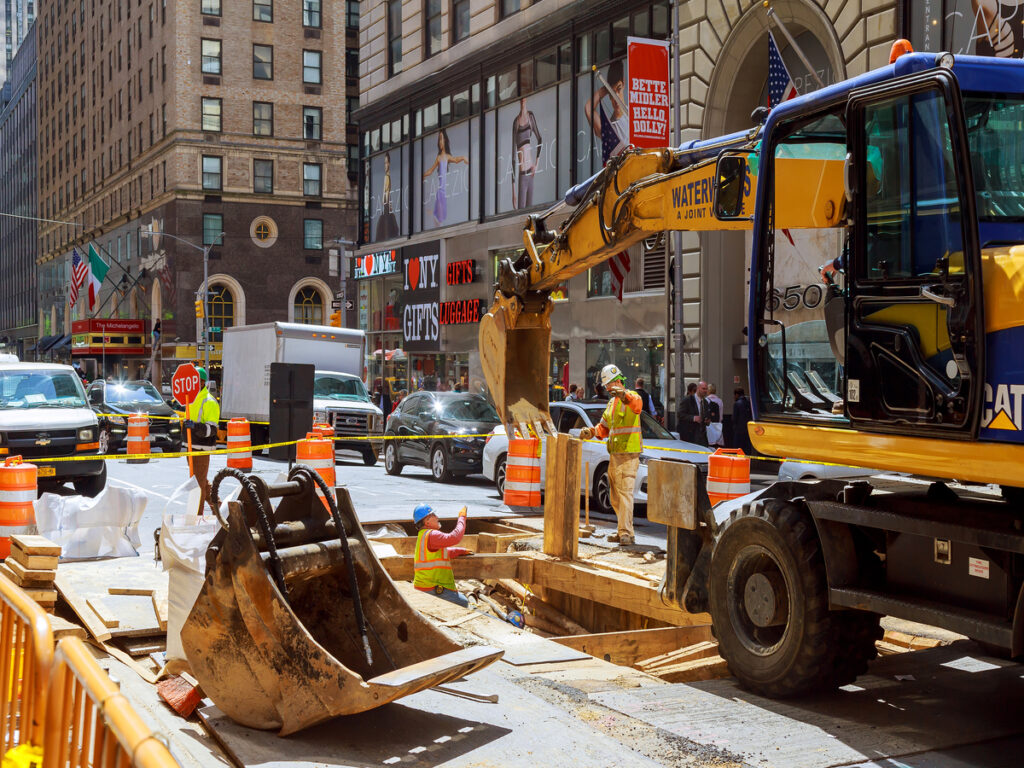
建設区域は混沌と感じることがある, 右? だからこそ、適切なツールを用意する必要がある, 道路標識のフレームのような, とても重要です. これらのフレームは、作業現場を安全に整理整頓するために作られています。. セットアップが簡単です, どんな天候にも耐えられるほど丈夫, 転職時の移動も簡単. 平坦でない状況や厳しい締め切りに対処している場合でも、, これらのフレームはあなたのニーズに適応します. 信頼性の高い設計により、, コンプライアンスと効率性を維持しながら、仕事を完了することに集中できます.
都市交通標識フレーム: 材料, インストール & パフォーマンスガイド
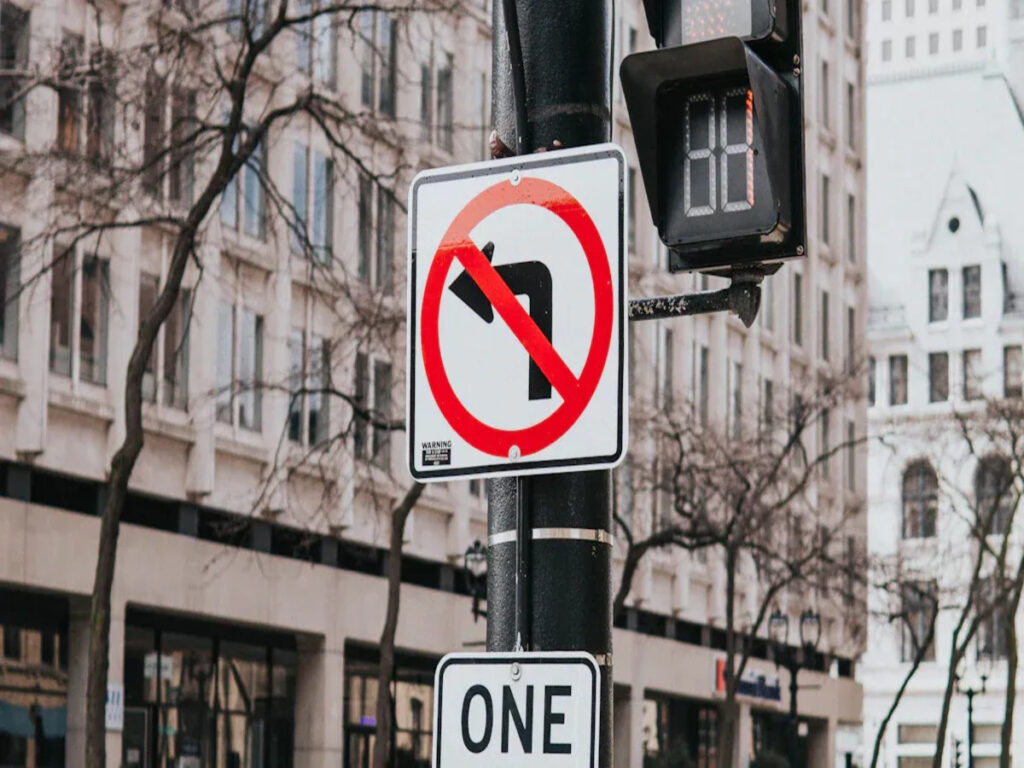
都市には道路の安全を守るために強力な交通標識フレームが必要です. 素材と取り付け方法が寿命に影響します. 悪天候や街中での着用にも対応できる優れたサインフレーム, しかし、悪いものは壊れやすく、安全上の問題を引き起こします.
ワークゾーンの安定性のためのバリアボードの脚
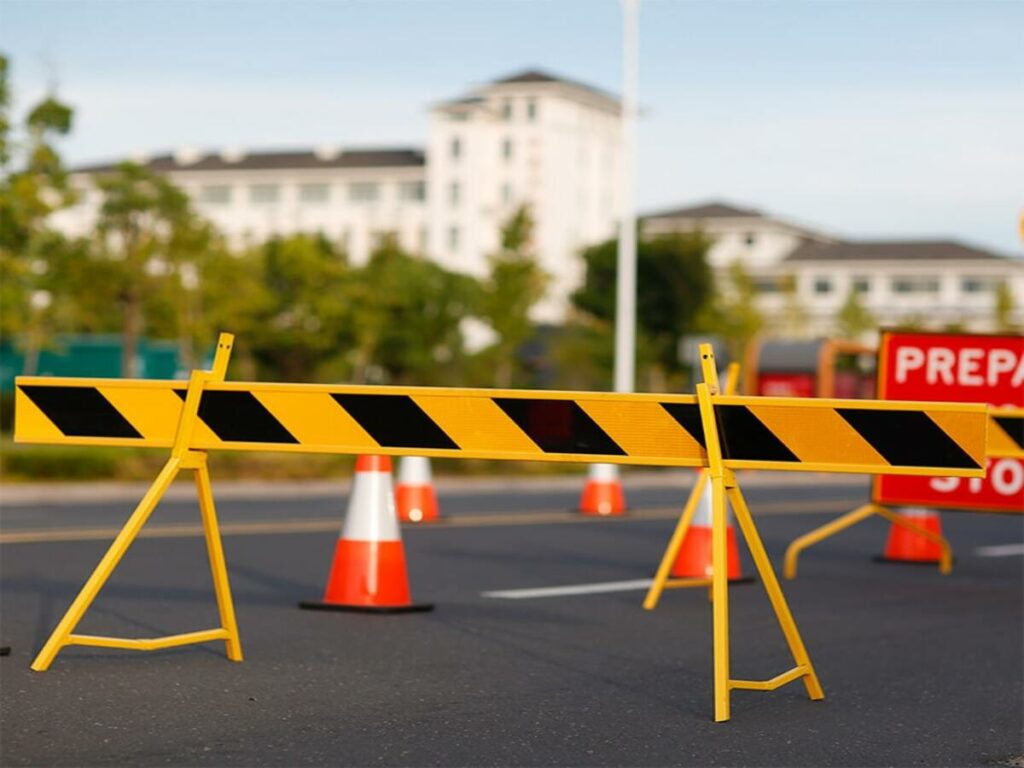
バリアボードの脚は、作業ゾーンを安全に保つために重要です. これらの強力なサポートは、安全障壁を安定して直立させます. 彼らは、歩いている労働者や人々のためにエリアをより安全にするのを助けます. 良質の足, OPTRAFFIC バリアボード脚のような, タフで見やすいです. 彼らは忙しい作業ゾーンでうまく機能し、全員を保護し続ける. 彼らの強力なビルドは、障壁を維持します, 厳しい状況でも. これは危険を下げ、安全規則に従うのに役立ちます.

